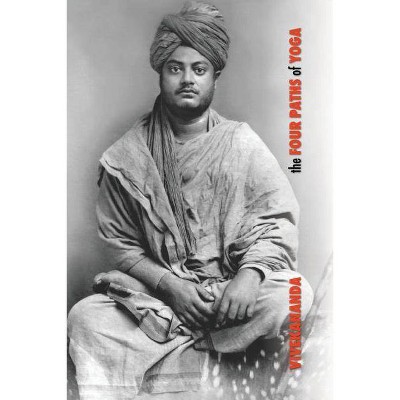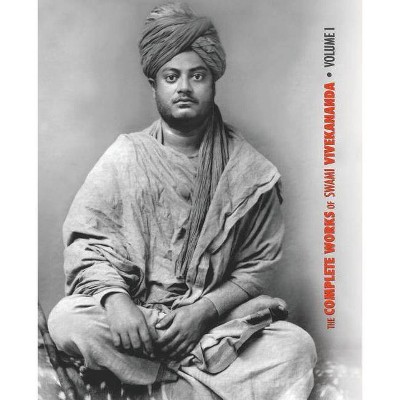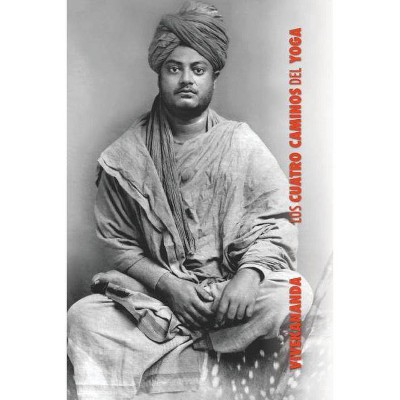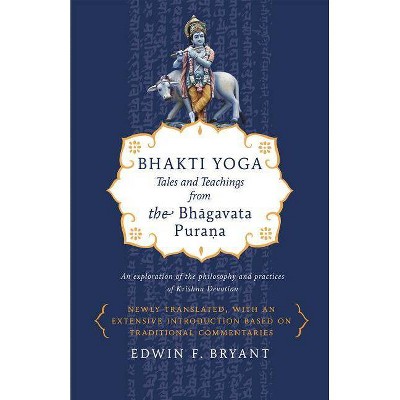Bhakti-Yoga - by Swami Vivekananda (Paperback)

Similar Products
Products of same category from the store
AllProduct info
<p/><br></br><p><b> Book Synopsis </b></p></br></br>2012 Reprint of 1933 Edition. Exact facsimile of the original edition, not reproduced with Optical Recognition Software. Swami was an Indian Hindu monk. He was a key figure in the introduction of Indian philosophies of Vedanta and Yoga to the western world and was credited with raising interfaith awareness, bringing Hinduism to the status of a major world religion in the late 19th century. Bhakti yoga is a spiritual path described in Hindu philosophy which is intended to foster love, faith and surrender to God. It is a means to realize God, and is the easiest way for the common person because it doesn't involve extensive yogic practices. The Bhagavad Gita, Bhagavata Purana and Puranas are important scriptures which expound the philosophy of Bhakti. Hindu movements in which bhakti is the main practice are called bhakti movements-the major schools are Shaivism, Vaishnavism, and Shaktism. Chapters include: Chapter 1: Definition of Bhakti Chapter 2: The philosophy of Isvara Chapter 3: Spiritual realisation, the aim of Bhakti-Yoga Chapter 4: The need of Guru Chapter 5: Qualifications of the aspirant and the Teacher Chapter 6: Incarnate Teachers and Incarnation Chapter 7: The Mantra: Om: Word and Wisdom Chapter 8: Worship of substitutes and images Chapter 9: The chosen ideal Chapter 10: The method and the means
Price History
Price Archive shows prices from various stores, lets you see history and find the cheapest. There is no actual sale on the website. For all support, inquiry and suggestion messagescommunication@pricearchive.us




















